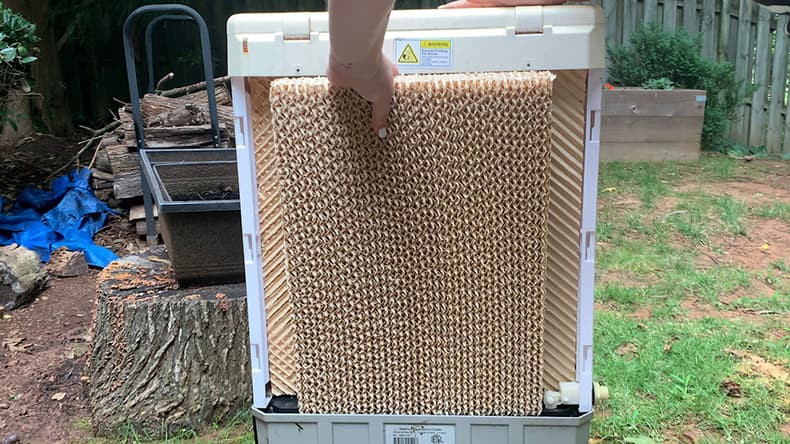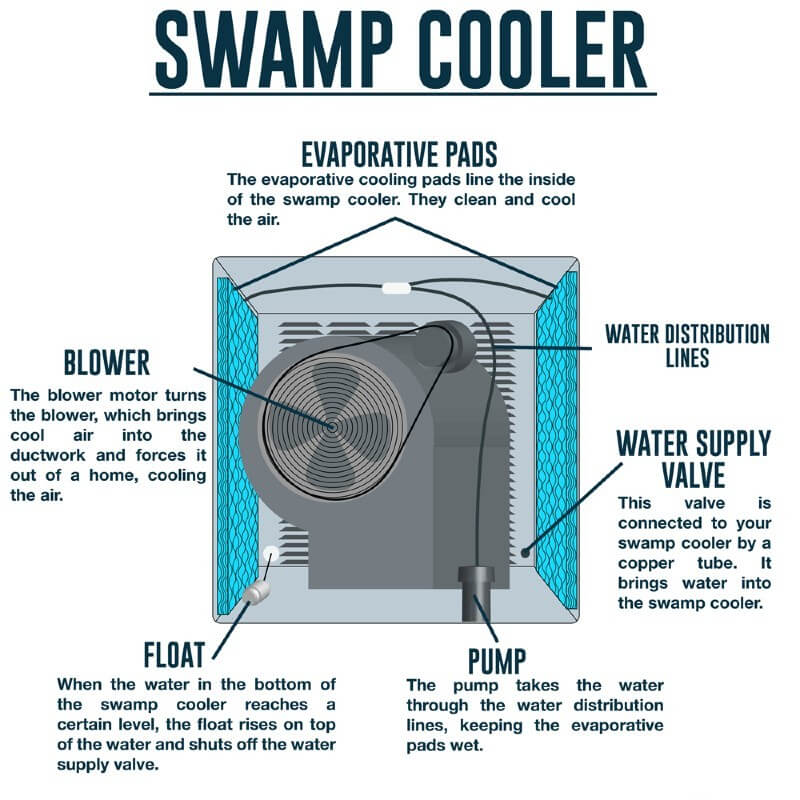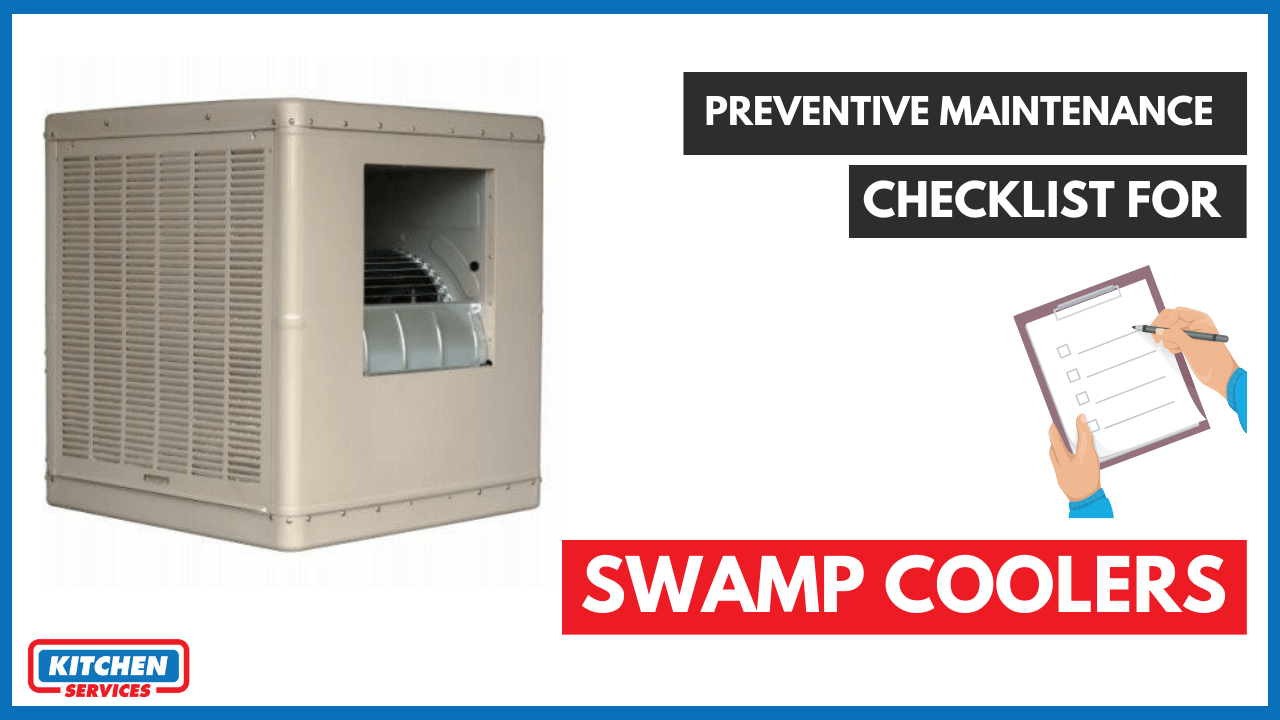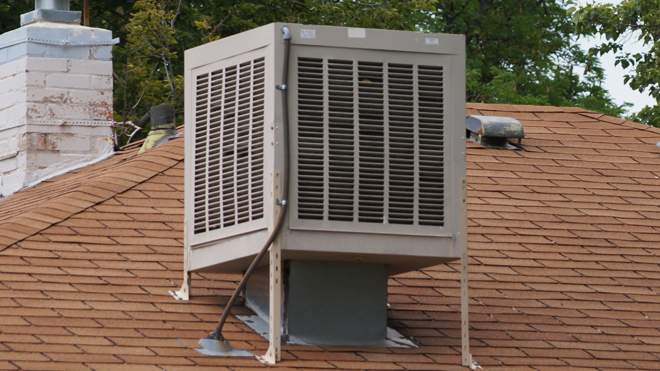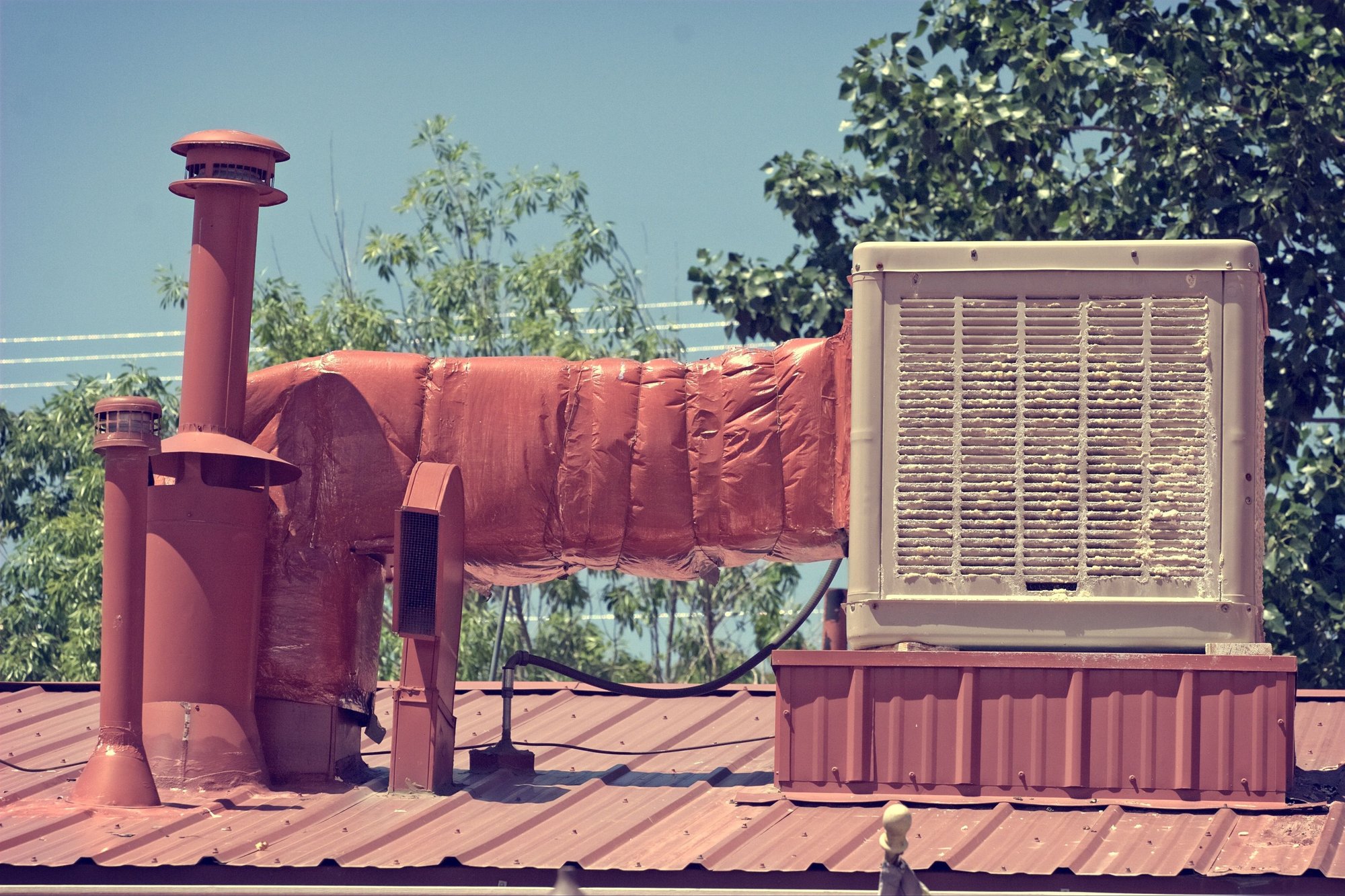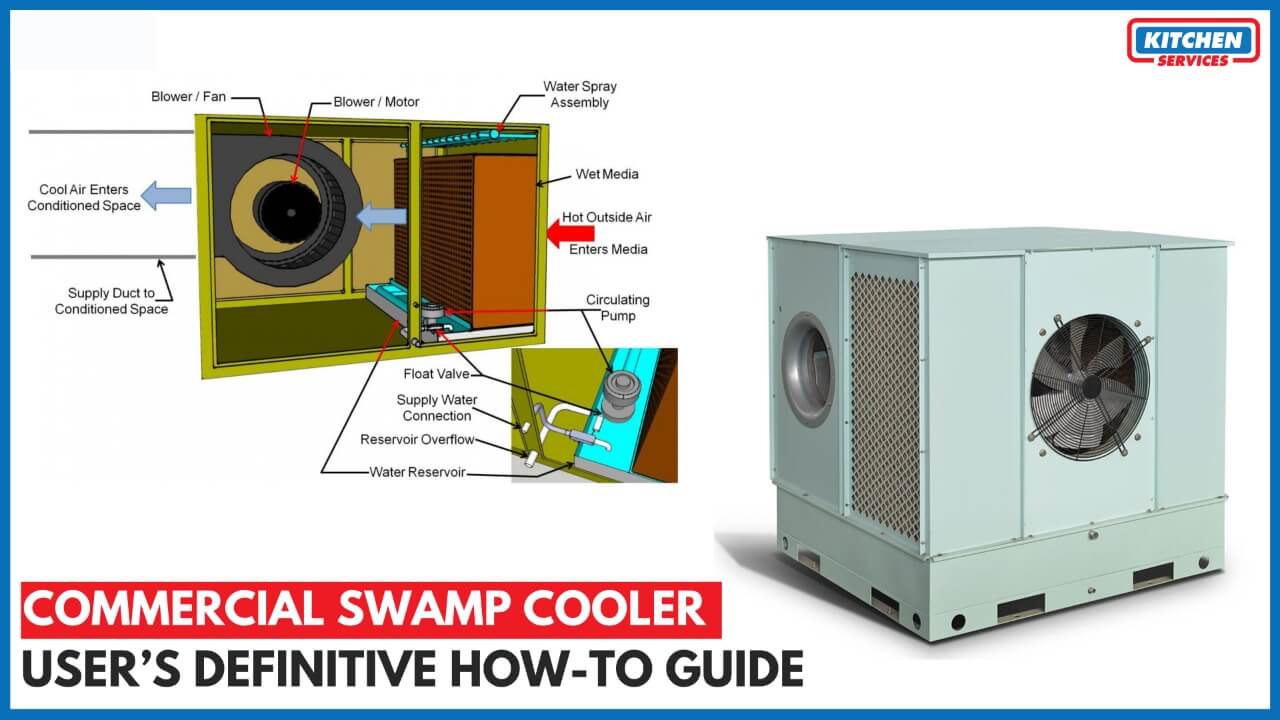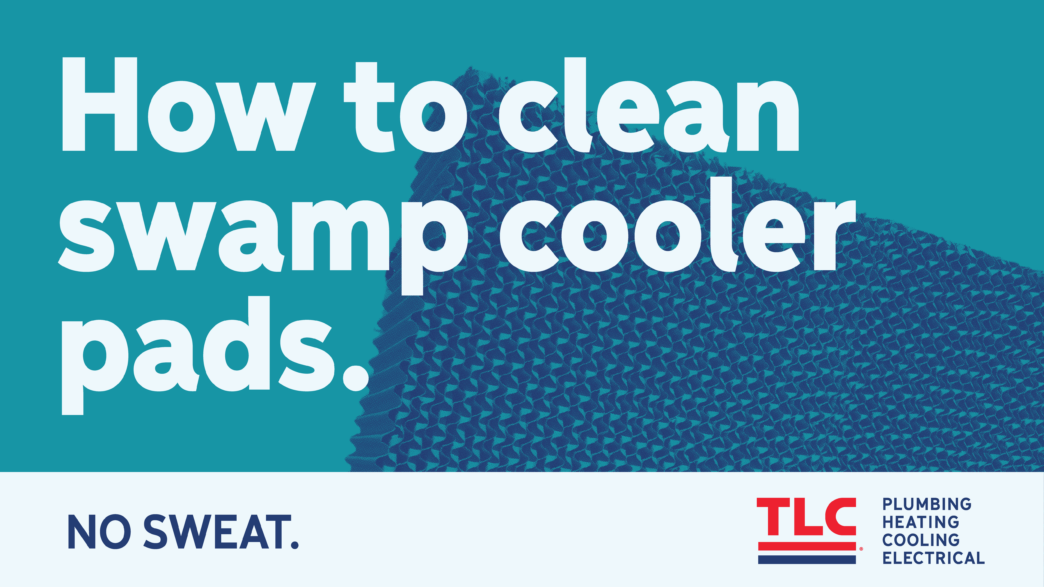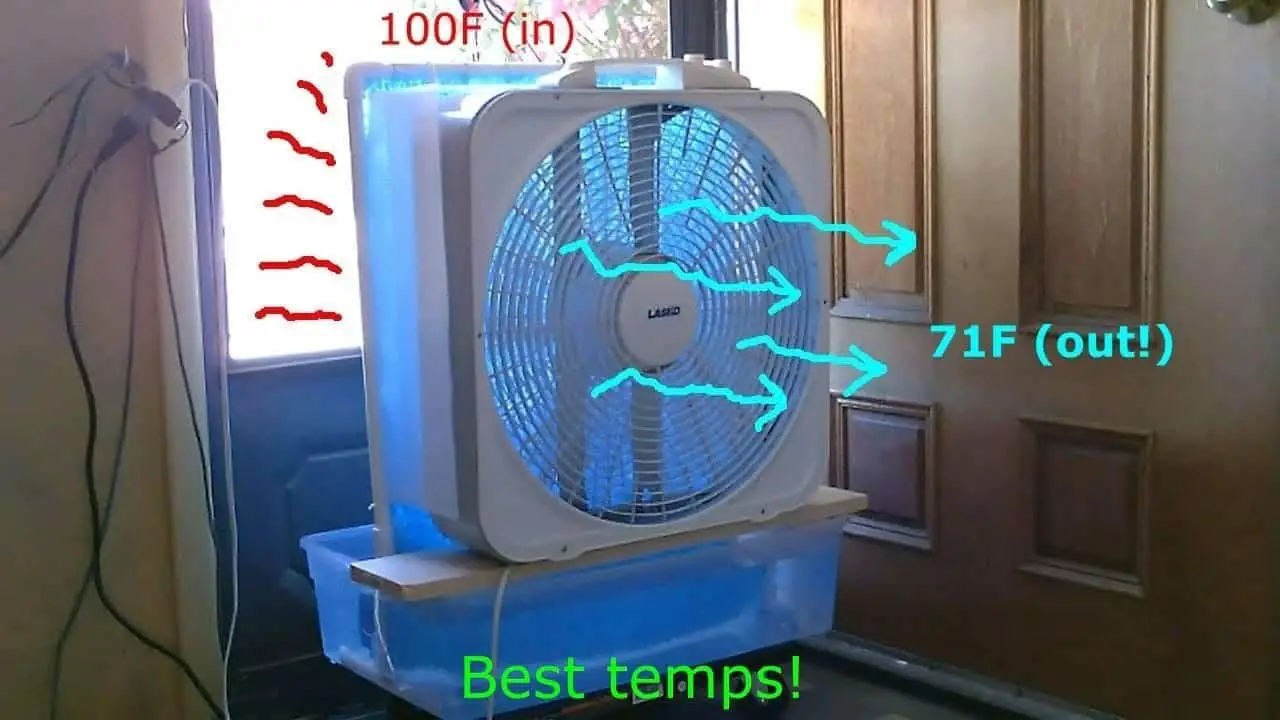How Do You Clean A Swamp Cooler
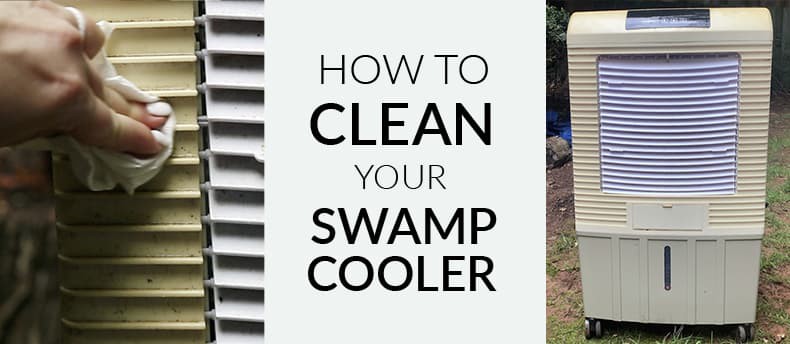
As temperatures climb and energy bills soar, homeowners relying on evaporative coolers, commonly known as swamp coolers, face a critical question: How do you ensure these cooling systems operate efficiently and safely? Neglecting proper maintenance can lead to diminished cooling capacity, increased energy consumption, and even health hazards. The answer lies in a thorough and consistent cleaning regimen.
This article provides a detailed guide to cleaning a swamp cooler, covering essential steps, necessary tools, and crucial safety precautions. By following these guidelines, homeowners can maximize the performance of their swamp coolers, extend their lifespan, and maintain a healthy indoor environment. From the initial assessment to the final touches, every aspect of the cleaning process is addressed, offering a comprehensive resource for both novice and experienced users.
Understanding the Cleaning Process
Before diving into the cleaning steps, it's important to understand the basic components of a swamp cooler. These typically include water pads, a water reservoir, a pump, and a fan. Each component requires specific cleaning techniques to remove mineral buildup, algae, and other contaminants that can impede performance.
The frequency of cleaning depends on several factors, including water quality and usage. Generally, a thorough cleaning is recommended at the beginning and end of each cooling season. More frequent cleaning may be necessary in areas with hard water or if the cooler is used extensively.
Step-by-Step Cleaning Guide
1. Safety First: Disconnect the Power
The most crucial step is to disconnect the power to the swamp cooler. This prevents electrical shock and ensures safety throughout the cleaning process. Locate the circuit breaker or disconnect switch and turn it off before proceeding.
Never attempt to clean the cooler while it is still connected to a power source. Safety should always be the top priority.
2. Drain and Clean the Water Reservoir
Begin by draining the water reservoir. Most coolers have a drain plug or valve that can be opened to release the water. Once the reservoir is empty, use a brush and a mild cleaning solution (such as vinegar and water) to scrub the interior surfaces.
Pay close attention to corners and crevices where algae and mineral deposits tend to accumulate. Rinse the reservoir thoroughly with clean water to remove any remaining cleaning solution.
3. Inspect and Clean the Water Pads
The water pads, also known as cooling media, are essential for evaporative cooling. Inspect the pads for signs of damage, such as tears or excessive mineral buildup. Replace any pads that are severely damaged or cannot be effectively cleaned.
To clean the pads, remove them from the cooler and rinse them thoroughly with a hose. For stubborn mineral deposits, soak the pads in a solution of vinegar and water for a few hours before rinsing. Avoid using harsh chemicals or abrasive cleaners, as these can damage the pads.
4. Clean the Pump and Distribution System
The water pump is responsible for circulating water through the pads. Remove the pump and inspect it for debris or mineral buildup. Clean the pump with a small brush and a mild cleaning solution.
Check the distribution system for clogs or obstructions. Use a pipe cleaner or small brush to clear any blockages. Ensure that the water flows freely through the system.
5. Clean the Cooler Exterior
Wipe down the exterior of the cooler with a damp cloth to remove dust and dirt. Inspect the cooler for signs of rust or corrosion. Apply a rust inhibitor if necessary.
Ensure that the cooler is properly sealed to prevent air leaks. Replace any worn or damaged seals.
6. Reassemble and Test
Once all the components are clean and dry, reassemble the swamp cooler. Ensure that all connections are secure and that the pads are properly installed.
Reconnect the power and test the cooler to ensure that it is functioning correctly. Check for leaks and adjust the water flow as needed.
Choosing the Right Cleaning Products
The choice of cleaning products is crucial for both effectiveness and safety. Avoid harsh chemicals, such as bleach or ammonia, as these can damage the cooler components and pose health risks.
A mild solution of vinegar and water is generally sufficient for most cleaning tasks. For tougher stains, consider using a commercially available swamp cooler cleaner specifically designed for evaporative coolers. Always follow the manufacturer's instructions when using cleaning products.
Vinegar is a natural and effective cleaner for removing mineral deposits and algae. Its mild acidity helps to dissolve buildup without damaging the cooler components.
Addressing Common Problems
Even with regular cleaning, swamp coolers can experience common problems, such as reduced cooling capacity or unpleasant odors. Addressing these issues promptly can prevent further damage and maintain optimal performance.
Reduced cooling capacity is often caused by mineral buildup or clogged water pads. Cleaning the pads and ensuring proper water flow can usually resolve this issue. Unpleasant odors can be caused by algae or bacteria growth. Disinfecting the cooler with a mild bleach solution (following safety precautions) can help to eliminate odors.
If you experience persistent problems, consult a qualified HVAC technician. They can diagnose and repair more complex issues.
The Importance of Regular Maintenance
Regular maintenance is key to extending the lifespan of your swamp cooler and maximizing its efficiency. In addition to cleaning, perform routine inspections and address any issues promptly.
Check the water level regularly and add water as needed. Inspect the belt (if applicable) for wear and tear and replace it if necessary. Lubricate the motor bearings to ensure smooth operation.
According to the Department of Energy, proper maintenance can improve the efficiency of evaporative coolers by as much as 20%. This translates to lower energy bills and a reduced carbon footprint.
Looking Ahead: Innovations in Swamp Cooler Technology
The future of swamp cooler technology is focused on improving efficiency, reducing maintenance, and enhancing user experience. Some manufacturers are developing coolers with self-cleaning features and advanced water management systems. Others are exploring new materials for water pads that are more resistant to mineral buildup and algae growth.
Smart technology is also being integrated into swamp coolers, allowing users to control and monitor their coolers remotely. This includes features such as automatic water level adjustment and programmable cleaning schedules.
By embracing these innovations and prioritizing regular maintenance, homeowners can continue to rely on swamp coolers as a cost-effective and environmentally friendly cooling solution for years to come. As climate change intensifies and energy costs rise, the importance of efficient and well-maintained cooling systems will only continue to grow.

